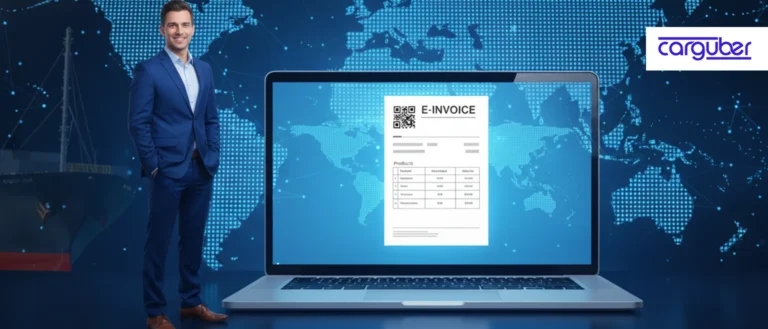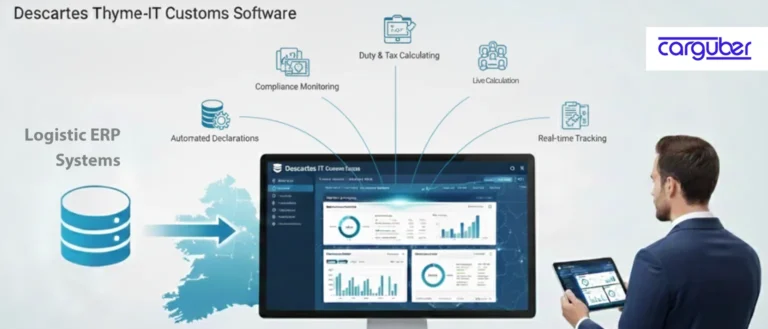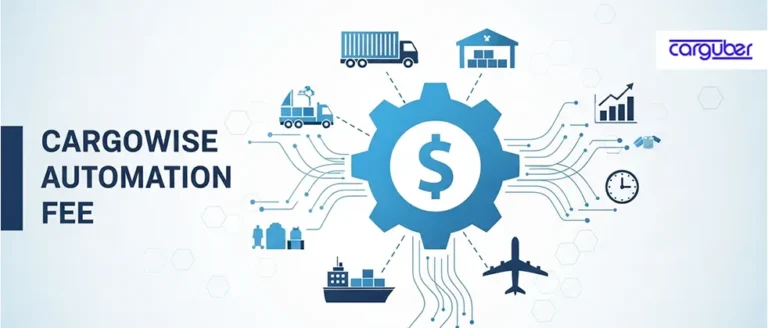What is the Routing Update API and Why is it Revolutionizing Logistics?
When it comes to handling international freight shipments, timing is important, not merely significant. Having precise, up-to-date routing information in your logistics system is essential to maintaining smooth operations and informing stakeholders, whether you’re organizing a multi-leg maritime cruise or a simple air route. To simplify and automate your routing modifications in programs like CargoWise, the Routing Update API is the ideal solution.
Let’s look at what the Routing Update API accomplishes, why it’s important for logistics professionals, and how you can use it to simplify your operations, eliminate errors, and improve shipment visibility like never before.
The Importance of Real-Time Routing Data
Imagine trying to track a shipment that’s mid-transit between Shanghai and Hong Kong. You might know the ETD (Estimated Time of Departure) and ETA (Estimated Time of Arrival) when the booking was made, but things change, ports get congested, vessels are delayed, and sometimes legs get rescheduled. Relying on spreadsheets or email updates for these changes? Missed deadlines and misunderstandings are inevitable.
With the Routing Update API, you can directly feed real-time routing data into your ERP or TMS, ensuring your team always has the latest and most accurate information.
What the Routing Update API Can Do
This API is designed to keep your shipment routing details fresh, up-to-date, and fully aligned with what’s happening in the real world. Here’s a look at the key information you can update:
- Shipment Number: This links the routing data to a specific shipment in your system.
- Leg: Identifies the route segment being updated, crucial for multi-leg or transshipment scenarios.
- Vessel and Voyage Info: Update vessel names and voyage numbers so your records reflect the actual movement of the cargo.
- Carrier Code: Ensures the right carrier is associated with the routing leg.
- Status: Tracks whether the leg is confirmed (CNF), planned (PLN), or completed (CMP), giving full visibility into each routing phase.
- ETD, ETA, ATD, ATA: These timestamps keep everyone in the loop, from operations to the customer service team.
- LoadPort & DischargePort: Identifies where the cargo is loaded and unloaded.
- IsDomestic: This boolean field helps differentiate between international and domestic routing scenarios, vital for compliance and cost management.
Why Logistics Teams Love This API
1. Accurate Vessel Tracking
Keeping vessel data up to date, like voyage numbers or carrier changes, helps avoid confusion, especially when shipments are handed off between carriers or ports. This accuracy prevents duplicate routing entries and ensures smoother planning.
2. Better Coordination Across Teams
When routing information is current, your operations team can plan inland drayage, warehouse receiving, and customs clearance with confidence. It reduces internal back-and-forth and enables faster issue resolution.
3. Real-Time ETA/ETD Synchronization
Your customers don’t want to hear “we’ll check and get back to you.” They want answers now. By updating actual and estimated times of departure and arrival programmatically, you can provide clients with proactive updates and accurate delivery timelines.
4. Automated Status Transitions
Instead of manually updating a route status from planned to confirmed or confirmed to completed, let the API do it for you. Whether triggered by a milestone event or external feed, the API helps automate these transitions seamlessly.
Real-World Scenarios Where This API Shines
- Multi-Leg Shipments: Managing multiple transshipments? Use the Leg field to update each route segment individually, no need to overwrite the entire shipment.
- Carrier Change Mid-Route: If a carrier swap occurs, update the Carrier and Voyage without disrupting the rest of the booking data.
- Last-Minute Delays: If a vessel’s ETD or ETA changes, update it in real time so your planning and customer teams are aligned immediately.
How to Get Started with the Routing Update API
- Map Your Current Workflow: Identify the systems that store and use routing data (ERP, TMS, or carrier portals) and define how you want updates to flow.
- Use Standardized Values: Stick to standard codes for carriers, ports, and statuses to avoid mismatches.
- Configure Secure Access: Use your x-api-key for authentication and ensure only authorized systems can invoke this API.
- Build Event-Triggered Updates: For example, when a vessel departs, automatically send an update with the actual departure time (ATD).
- Monitor and Optimize: Track API performance, log errors, and fine-tune update frequency to avoid unnecessary calls.
Tips for Maximizing API Performance
- Use UTC Time Format: Always submit timestamps in a consistent format to avoid issues with time zones.
- Validate Port Codes: Make sure your LoadPort and DischargePort fields use accurate UN/LOCODE values.
- Batch Updates: If you’re managing high volumes, batch multiple leg updates into a single call when possible.
- Add Monitoring Dashboards: Keep a dashboard for API call status, so your team can troubleshoot issues quickly if needed.
Conclusion
In logistics, precision matters, and nowhere is that more critical than in your routing data. The Routing Update API brings your routing information up to speed with the pace of modern supply chain operations. Whether it’s ensuring accurate ETAs, tracking voyage changes, or syncing up milestone events, this API helps eliminate guesswork and boosts your team’s operational confidence.
If you’re still manually updating routing legs or relying on fragmented systems to manage port-to-port movement, it’s time to rethink that strategy. With the Routing Update API, your data gets smarter, your team gets faster, and your shipments get easier to manage.
Ready to Automate Your Routing Workflows? We can help you implement the Routing Update API seamlessly into your logistics operation, whether you’re using CargoWise or another TMS. From setup and testing to full deployment, our team at Carguber has you covered.
Contact the logistics support and helpdesk today to unlock smoother routing visibility across every shipment.









